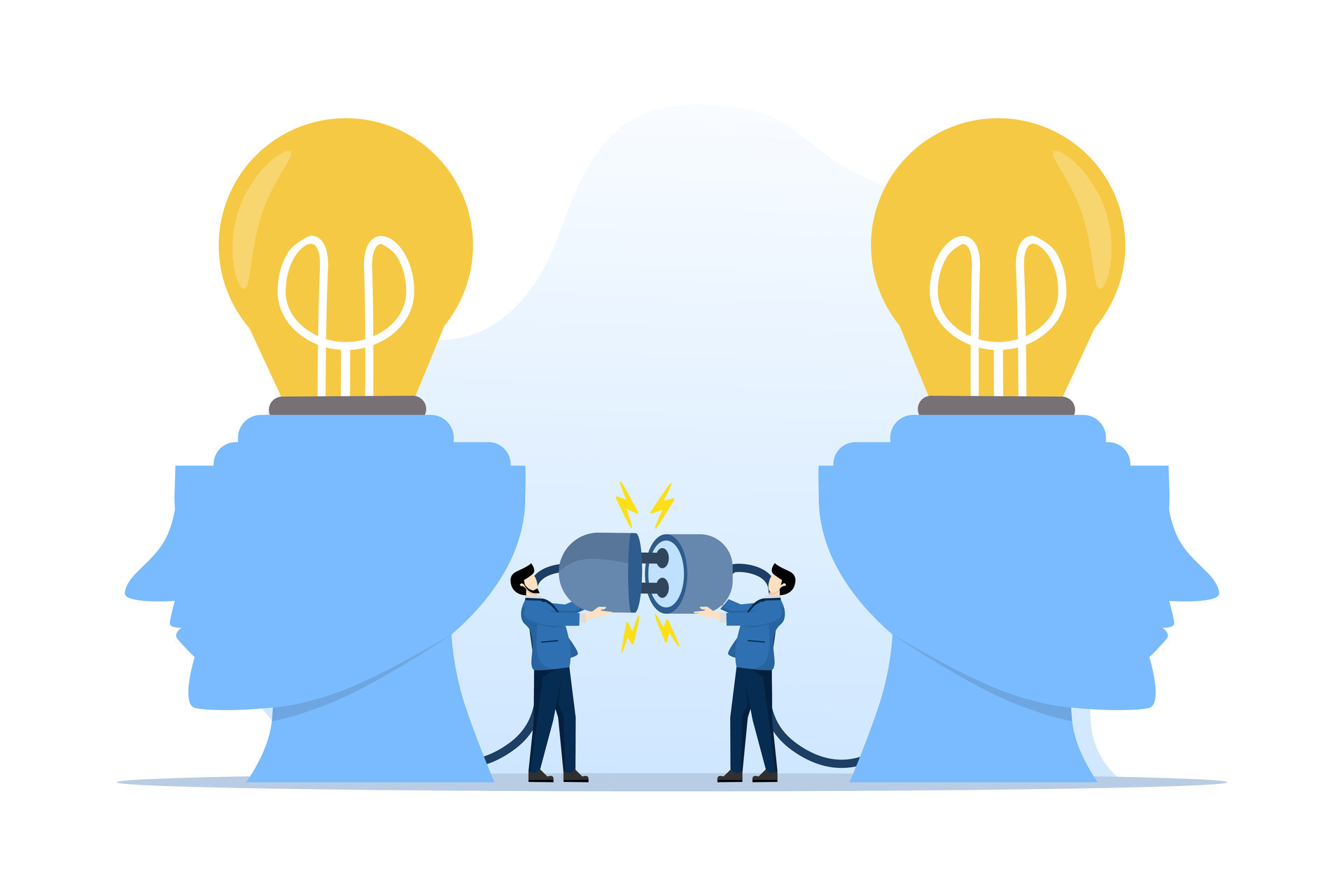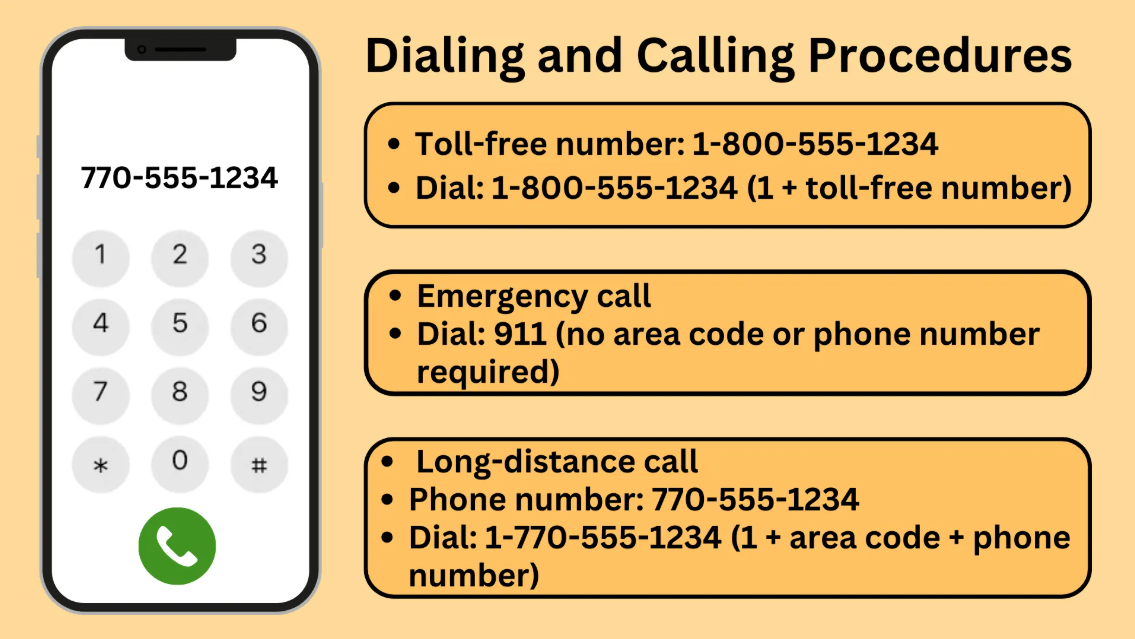
“Is also” is a small phrase that packs a big punch! When we use it we add more information to what we are saying. For example, if we say, “A cat is also a pet,” we are telling someone that cats belong to the same group as other pets like dogs and rabbits. This helps people understand that there are many kinds of pets in the world.
Using it makes our sentences clearer and helps us share our thoughts better. It lets us connect ideas and show relationships between them. So, when you’re writing or talking, remember that it can make your message stronger and more interesting!
How it Connects Different Ideas
Using it helps connect two ideas together. It makes our sentences more interesting and full of information. For instance, “Birds are also animals” shows that birds belong to the animal kingdom. This connection is important because it helps us understand how things relate to each other.
When you connect ideas, it makes conversations or writing smoother. If you say, “Reading is also a fun hobby,” you let others know that reading is enjoyable like drawing or playing sports. This helps others see how different activities can be similar in fun ways.
Examples of it in Everyday Life
Here are some examples of how we can use it in daily life:
- In Nature: “Trees are also homes for many animals.”
- In Food: “Apples are also healthy snacks.”
- In Activities: “Swimming is also a great exercise.”
These examples show how it can connect different topics. It helps us share ideas easily and shows that one thing can belong to a bigger group.
Using it to Expand Your Sentences
Adding “is also” can make your sentences longer and more exciting. For example, instead of saying, “I like ice cream,” you can say, “Ice cream is also my favorite dessert.” This gives more information and makes your statement more interesting.
You can use it when you want to describe something more. If you say, “Math is also important for everyday life,” it shows that math is not just for school but helps us in many ways. This makes your writing richer and keeps the reader engaged.
Common Mistakes with it and How to Avoid Them
Sometimes, people forget how to use it correctly. Here are a few tips to avoid mistakes:
- Stay Clear: Make sure the ideas you connect with it are related.
- Don’t Overuse: Use it a few times but not too much in one piece of writing.
- Check Your Flow: Ensure your sentences still make sense when you use it.
Fun Ways to Practice Using it
Practicing with “is also” can be enjoyable! Here are some fun activities to try:
- Storytelling: Create a short story using it to connect different characters or events. For example, “Sam is also a brave hero” shows that Sam shares qualities with other heroes.
- Drawing Connections: Draw a picture of your favorite animals. Label them with sentences like, “A cat is also a great friend.” This combines art and writing!
- Games with Friends: Play a game where each person adds a sentence with it For instance, one friend might say, “Summer is also a time for fun.” The next could continue with, “Summer is also great for swimming.”
These activities make learning fun while helping you understand how to use it in different ways.
“Is Also” in Stories: Making Connections Between Characters
In stories, “is also” helps us see how characters are similar or related. For example, if we say, “Emily is also a talented musician,” it shows that Emily shares her talent with other musicians in the story. This connection helps readers understand the character better.
Using it in character descriptions makes stories more interesting. It creates depth. If you say, “The dragon is also gentle,” it changes how readers feel about the dragon. They might think, “Wow, this dragon is not scary after all!”
Exploring it in School Projects
“Is also” can be a powerful tool in school projects. When you’re working on a project about animals, you can say, “The elephant it a social animal.” This helps to explain the behavior of elephants better. It shows their connection to other social animals like dolphins or wolves.
When you include it in your school work, it makes your information clearer. You might write, “Recycling is also good for the environment.” This shows that recycling connects to a bigger idea of helping our planet. Using it can make your project stand out!
How it Can Make Learning Easier
“Is also” can make learning more fun and less confusing. When you see that one thing connects to another, it helps you understand better. For example, if you learn, “Math is also used in cooking,” it shows that math is everywhere, not just in school.
Using it allows you to connect different subjects. When studying history, you might say, “George Washington it a leader.” This shows that he shares important qualities with other leaders. It helps you remember facts better when you see the connections.
By incorporating it into your learning, you create a richer understanding of the world around you. This makes studying feel less like a chore and more like an adventure!
Conclusion
“Is also” is a small phrase that can do a big job! It helps us connect ideas, share more information, and make our writing clearer. By using it we can show relationships between different things, making our sentences more interesting. Whether we’re talking about animals, hobbies, or school subjects, this phrase can help us explain our thoughts better.
So next time you’re writing or speaking, remember how powerful it can be! Try using it in your stories, school projects, or everyday conversations. You’ll find that it makes your ideas shine and helps others understand what you mean. Happy writing, and have fun exploring the amazing connections around you!







